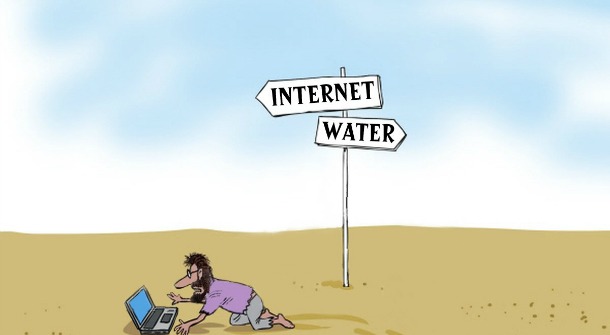Many projects instituted by international organisations like the United Nations prioritise the dissemination of technology to the poor nations.Will technology on its own meet the need of inculcating active citizenship?
Mohan Trivedi is a NGO activist – based in Ranchi, India.

How do children in poor and underdeveloped countries use technology? Does technology aid their educational growth? It is widely acknowledged that a child growing in the modern times has to equip herself with the skills of technology in order to negotiate with the world around her, develop skills and talents and to derive entry into a giant universe of resources, tools and knowledge. It is assumed that today every household will have the choice of making use of a laptop as far as the capitalist nations are concerned but it may not be the truth in most poor and underdeveloped countries. Amidst low incomes and impoverished social structures, a laptop even today is a luxury than a taken for granted object.
Most families in a country like Madagascar (an island country in Africa) find it impossible to provide their kids with a laptop. In this situation, an international organisation such as the United Nations firms asserts that in today’s context all children should have the ability to use technology irrespective of their socio-economic backing. The UNICEF and the UNESCO are doing their best to take technology among the deprived countries via various programs. One among the many projects designed to address this issue was the One Laptop Per Child Project that was begun by the MIT in 2005.
The main purpose was to make children familiar with educational software that would help them catch up their lessons better. The project also ensures that children have a sense of belonging to the technology that is given to them and thus are permitted to take their laptops to their homes. Educational Research has shown that if technology is used to facilitate learning, education becomes more engaging for the learner.
In a country such as Madagascar for instance where there is widespread poverty and generally no family can purchase a laptop, the program has yielded some motivating results. Through the project work talked about above, children in the village were given laptops to help them educate themselves more rigorously. An article published in The Conversation reported that The results showed that the laptops were used very differently at school and in the children’s homes. At school, computers were generally used to learn about word processing, to play educational games and to support creative activities (drawing, digital story telling). Computers were also used as a virtual learning environment that offered a range of resources unavailable in the classroom like calculators, ebooks, maps, a watch, measuring tools and so on. At home the children, like their peers in developed countries, largely used computers to take photos or make videos, listen to music, play games, share content and do homework. The younger children tended to use fewer reading and writing applications. Those in the equivalent of fourth and fifth grade used more digital books; they also shared images and videos more frequently with their friends.
It was observed that the purpose of the project had been to equip children with key technological knowledge and to cultivate in them a sense of spontaneity and creativity. The success of the project in terms of bringing the children closer to technology and ideas that they did not have before was creditable but it was realise d that teacher-assistance was the need of the hour. Educationist should play a very crucial role in enabling students to use computers in a manner that their own spontaneity is not taken away. A careful exchange of technology and lived experience shall together make an ambience of meaningful learning.
Did you like the story? Go ahead and support the cause of independent journalism. DONATE NOW












